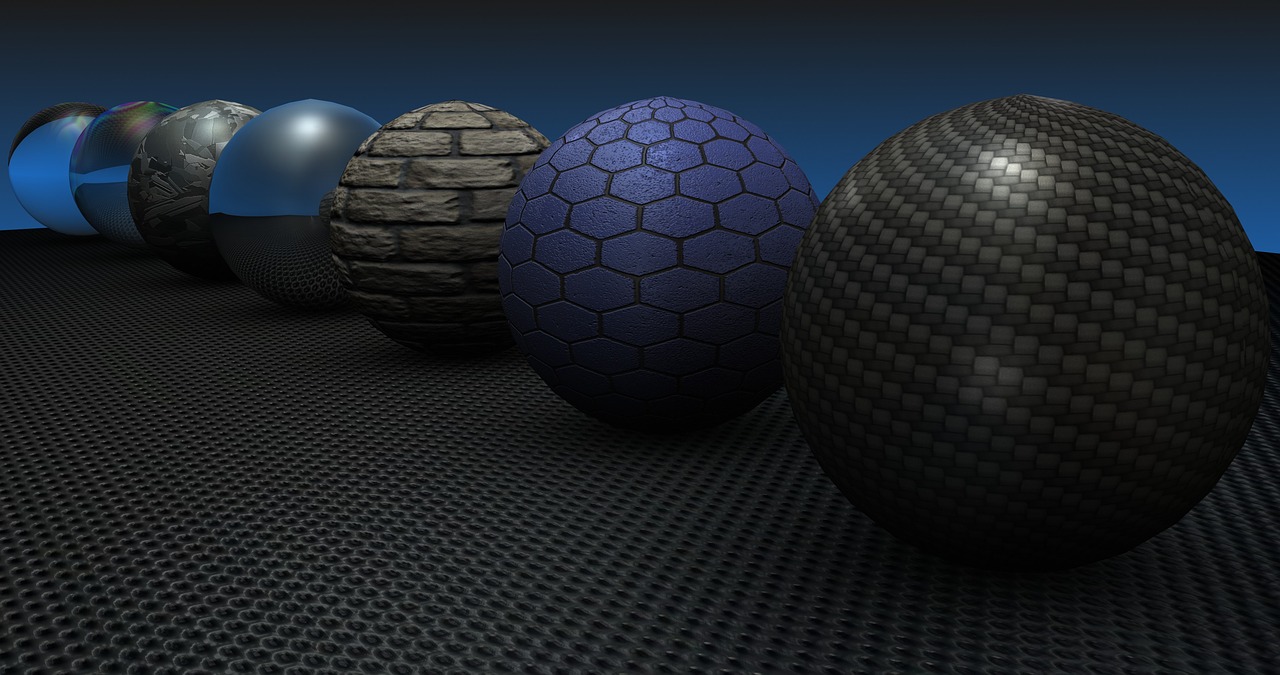
Everyone comes to 3D in different ways. Some were inspired by games as kids and aspired to get into the gaming industry. Others started with motion design and 3D animation, and then added modeling to their list of skills. And some just made models “for the soul,” getting their hands on them. Sometimes it is the creation of modifications that prompts the study of 3D.
Whichever way an artist comes into 3D graphics, they will have to master unfamiliar tools, which is not easy even for modders and specialists in related disciplines. The way out is to learn the technical part gradually.
When a 3D artist has already mastered a basic set of tools, he is faced with the question of how to continue to develop.
Every modeler sooner or later gets entrenched in some position: as a perpetual outsourcer, for example. Or becomes known as someone who draws cars quickly and beautifully, for example. This is a normal, even important stage in a career, but, at a certain point, it must be abandoned.
Constant migration from project to project prevents the skills of a 3D artist from getting “stale. In one company he can model interiors, in another – create characters, in a third – work out realistic fabrics.
Broadens his horizons, but gradually the modeler still may have the impression that he is engaged in approximately the same thing. To get out of this state, you need to realize that 3D modeling is also creativity.
How to become a creator
A modeler who just mechanically masters the creation of volumetric models has a limit to his development. It comes when the artist can fulfill any order quickly and qualitatively.
But to develop further, you need an inner drive. It will move the artist forward and will not let his urge for self-development fade away.
Even when the artist has a simple task, such as drawing a table, it can be approached imaginatively. Let your inner designer take charge, experiment with the shape of the table top, the number of legs. Or even better: imagine a whole room where the table will stand, and only then start drawing it as an element of composition, not as an individual object.
Ideas emerge when an artist encounters something new. For example, a modeler may be asked to work in a style that is new to him, and a character artist may be asked to draw an unusual interior. Unfortunately, it is not always possible to secure such creativity, so 3D artists are often faced with a chore.
“Boxes” in 3D modeling are often called the same-type, boring objects, which do not give the artist space for imagination, but are still necessary in the development. These can be, in fact, boxes, stones, and so on. If you work on such tasks constantly, you get tired of your work, which is a chronic condition that is difficult to get rid of. But there are a few ways to do it.
If you get tired of the same models, you’d better avoid blockbuster projects, such as The Elder Scrolls, Call of Duty, and Grand Theft Auto, on which so many want to work. The image of AAA games is defined by art directors and senior artists, while their subordinates simply carry out the tasks that are given to them. The creative process in such an environment is reduced to zero.
To escape from this atmosphere, small indie projects are good. They allow the 3D modeler not only to quickly get his or her hands on them, but also to prove himself or herself as an artist. Such projects rarely have large departments responsible for creating 3D graphics – as a rule, everything is limited to a few people. And this means that each of them has much more opportunities to show their unique style.



